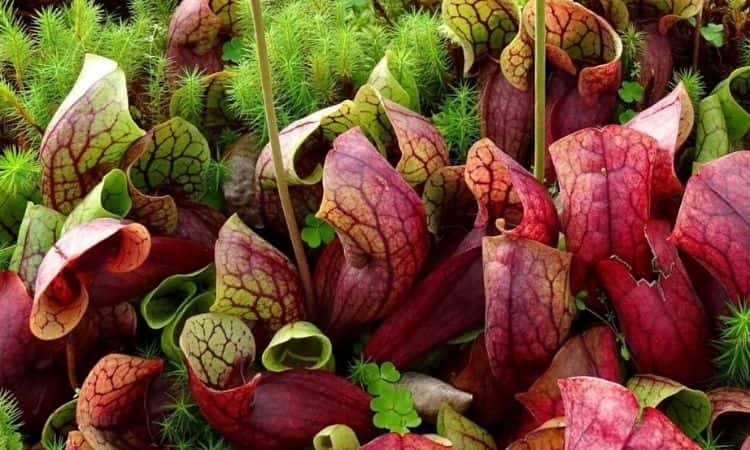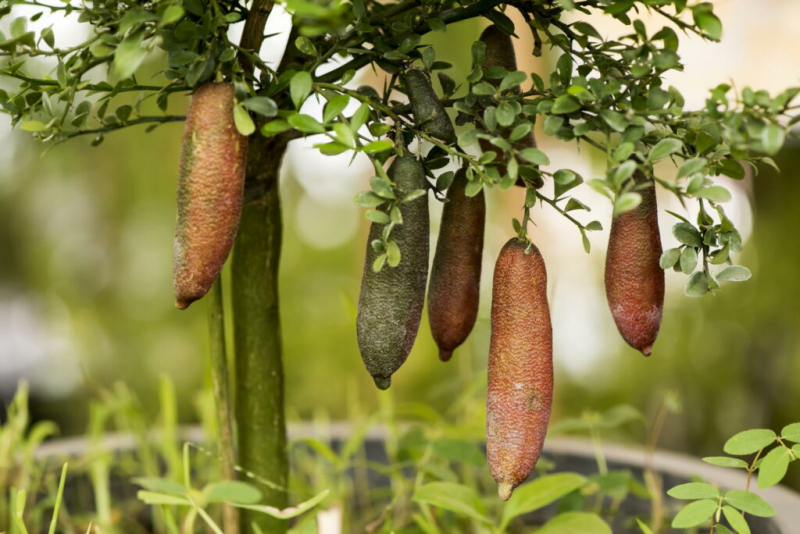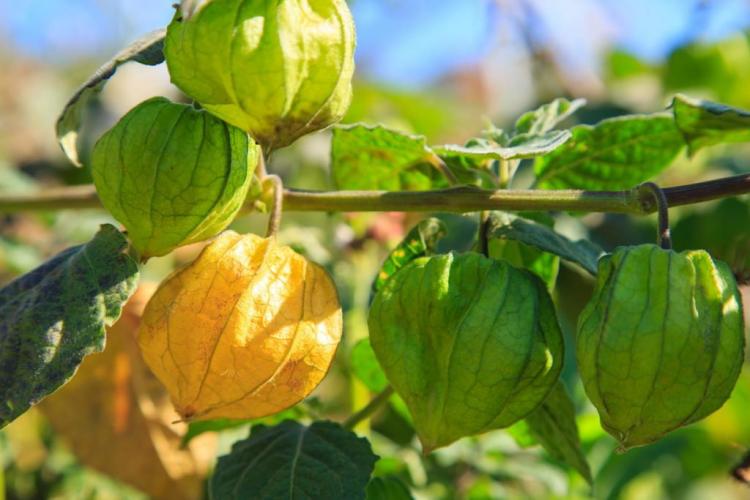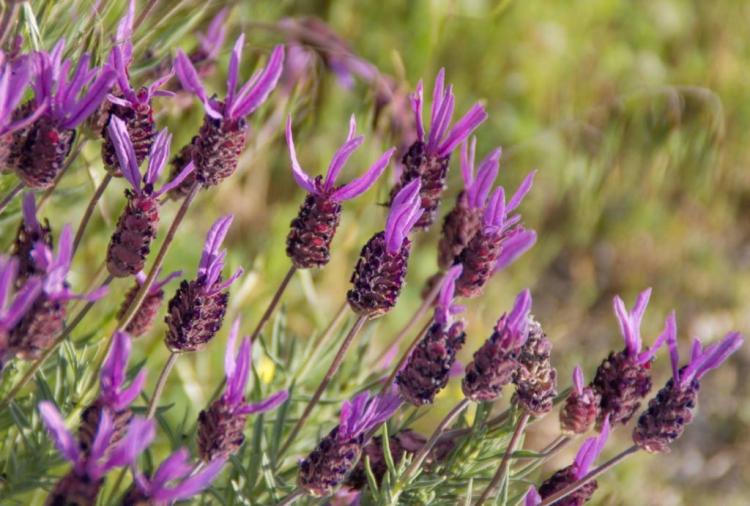Can You Growing Carnivorous Plants In The Garden?
Carnivores are very popular as exotic houseplants. But did you know that carnivorous plants can also be cultivated outdoors? We clarify all questions around the cultivation of carnivores in the garden. Whether mosquitoes, flies, or ants – carnivorous plants, also called carnivores or insectivores, have always fascinated people with their unusual diet.
Unlike other plants, they not only rely on nutrients from the soil but also get their extra portion of food by catching small insects. The exotic carnivores are especially popular as houseplants because they have their own extravagant charm and are also exciting to watch.
But did you know that carnivorous plants can also be cultivated in the garden? We’ll tell you which species are suitable for life in the garden and what to look out for here.
Which carnivorous plants are suitable for the outdoors?
Table of Contents
When you think of the home of insectivorous plants, the image of a tropical rainforest certainly comes to mind for most. In fact, however, carnivorous plants can be found in many regions of the world, and there are even native species in Germany.
Here, for example, the round-leaved sundew (Drosera rotundifolia), the long-leaved sundew (Drosera anglica), and the medium-leaved sundew (Drosera intermedia) can be found in moorland areas. These plants secrete a sticky catching secretion on their mobile tentacles, to which insects then adhere.
The plants growing in the wild are on the Red List and therefore may not be taken from the wild. However, they can usually be found in specialty stores without any problems.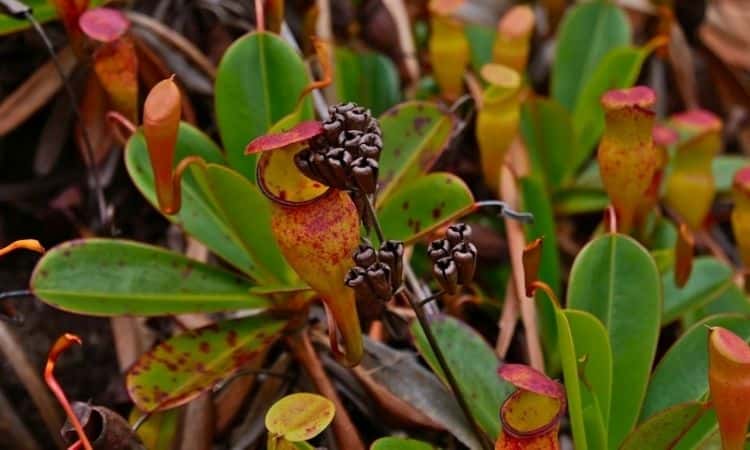
Since the sundew occurs naturally in our country, the carnivorous plant is hardy and can be kept in this country without any problems. But be careful: There are also tropical sundew species that do not tolerate the German winter.
In addition to some sundew species, some tubular plants (Sarracenia) are also suitable for cultivation in the garden. Originally, the genus comes from the southeastern and eastern parts of the USA, which is why they are accustomed to a moderately temperate environment.
With the help of scents and striking coloration, the tubular plants attract insects to their long tubular leaves, into which the animals fall and cannot escape.
The red tubular plant (Sarracenia purpurea), whose habitat stretches from North America to Canada, is particularly suitable for our garden, as it is considered very winter-hardy and can be cultivated in the garden without requiring much care.
Location and soil for carnivorous plants in the garden
Finding the right location is key if you want to cultivate carnivorous plants in the garden. Since both of the above species naturally occur in nutrient-poor marshy areas, they are unhappy with normal potting soil because it does not meet their requirements.
In fact, nutrient-rich potting soil is not conducive to them and, in the worst cases, leads to over-supply or even has a toxic effect. In addition, carnivores in the garden prefer an acidic substrate, as well as a good water storage capacity in the soil.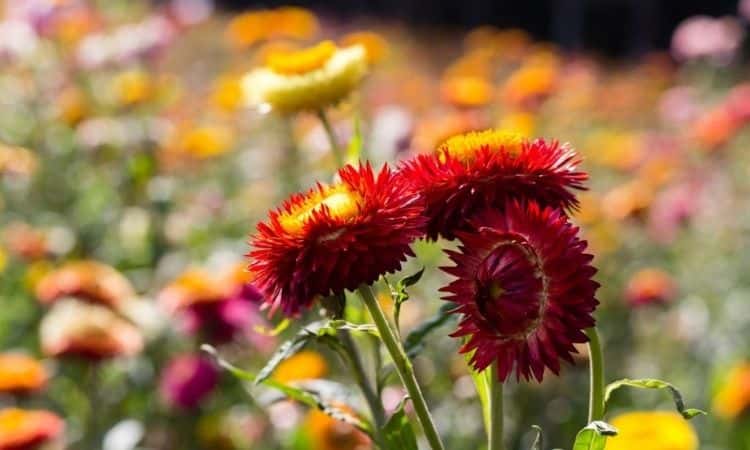
Optimally, these conditions are met if you use carnivore soil. Alternatively, you can also place the carnivorous plants outside in an already existing bog bed.
However, always make sure that the substrate remains permanently acidic and low in nutrients over time. As a location in the garden is the perfect sunny place, which ideally also provides some protection from the weather.
Plant carnivores outside
Cultivating carnivorous plants in the garden is not so difficult if you know a few tricks. However, planting is a crucial moment that determines the success of the project – since carnivorous plants are very particular about their substrate, they should not simply be planted in the bed.
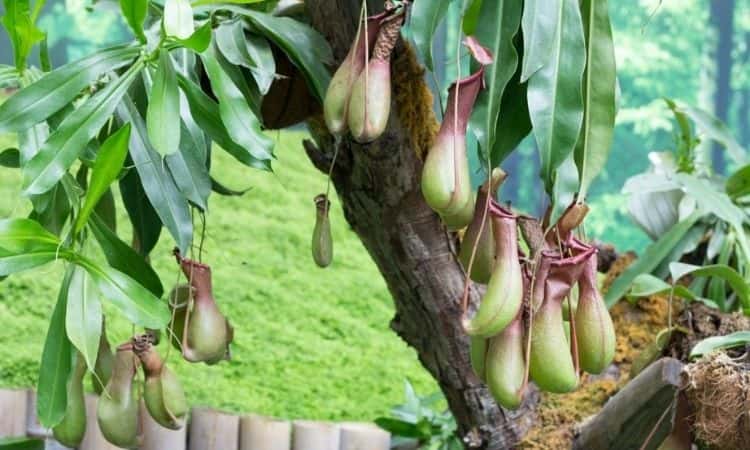 Instead, dig a hole about 80 centimeters deep in a suitable place and line it with pond liner. Alternatively, a suitable waterproof planter can be sunk into the ground. Some inverted plastic flower pots are spread on the ground – this not only saves volume on the soil but also serves as a natural water reservoir in case of a prolonged dry spell.
Instead, dig a hole about 80 centimeters deep in a suitable place and line it with pond liner. Alternatively, a suitable waterproof planter can be sunk into the ground. Some inverted plastic flower pots are spread on the ground – this not only saves volume on the soil but also serves as a natural water reservoir in case of a prolonged dry spell.
Now the hole is filled with the carnivore soil. Then the carnivores can move to their new place. You should take care that smaller species are placed in the front so that they also get enough sunlight. After planting, it is advisable to water the bed thoroughly once.
Caring for carnivorous plants in the garden
Although insectivorous plants in the garden may make you think of high-maintenance exotics, carnivores actually require relatively little attention. During extended dry periods, they should be watered regularly to prevent them from drying out.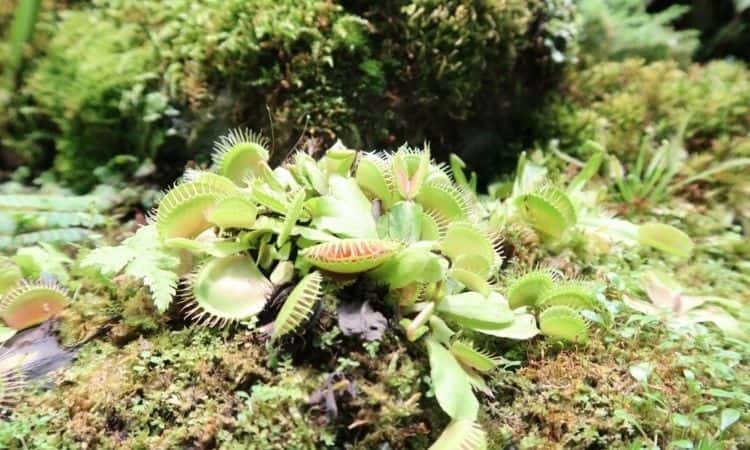
Low-calcium water should be used whenever possible to avoid lowering the pH of the soil – collected rainwater is ideal for this purpose. Fertilizer, on the other hand, is taboo for carnivores, as carnivorous plants feel most comfortable in a low-nutrient environment.
Even though sundew and red pitcher plant are usually hardy, fir branches can’t hurt as weather protection on the bed in sub-zero temperatures without snowfall. Since sundews bloom heavily, faded inflorescences should be removed regularly: this will encourage the formation of new inflorescences.
